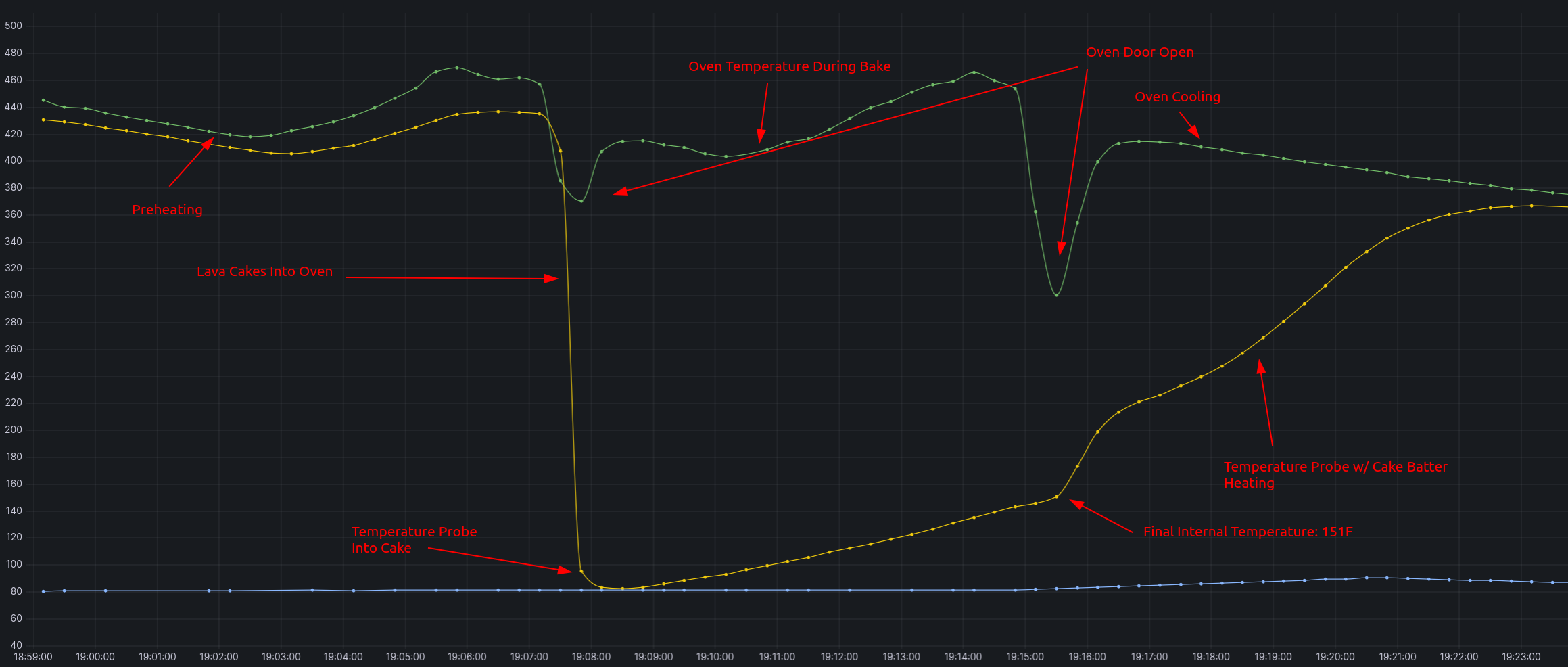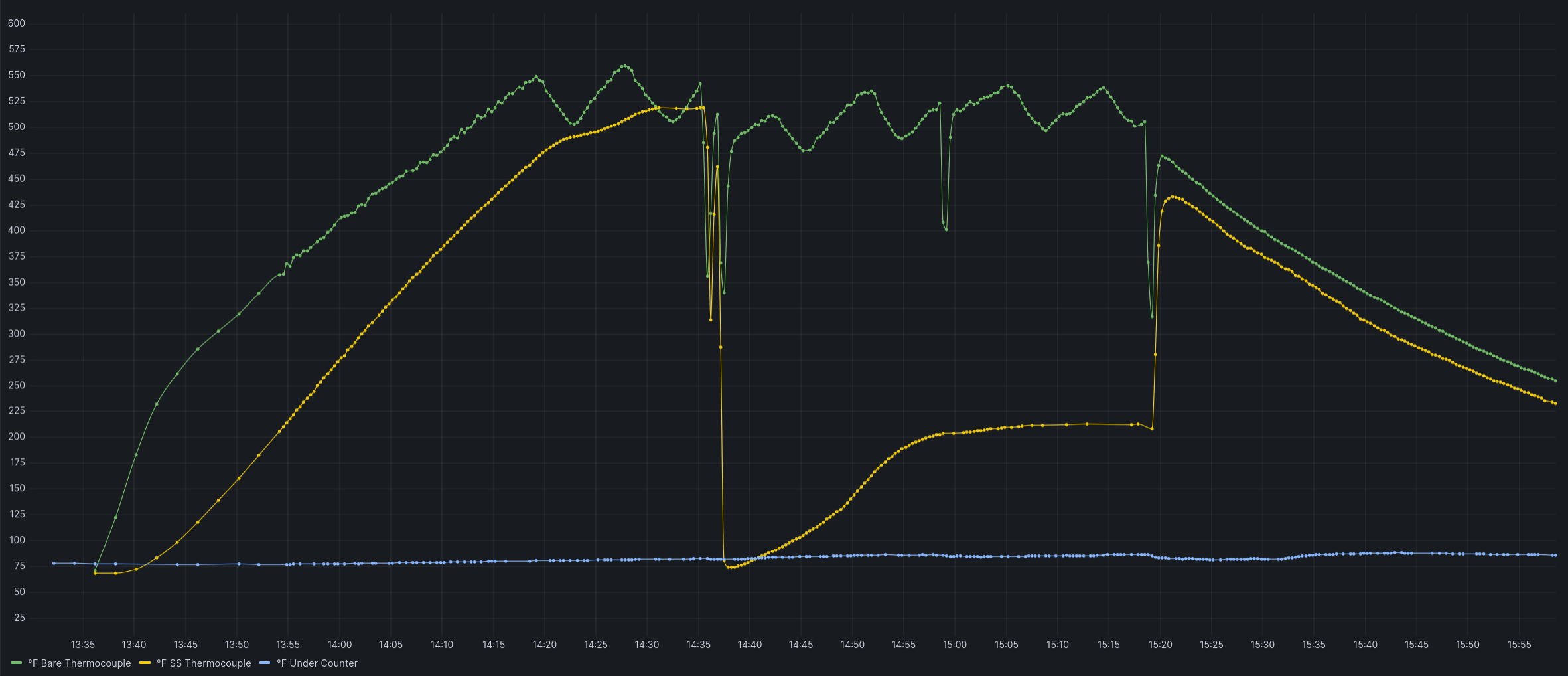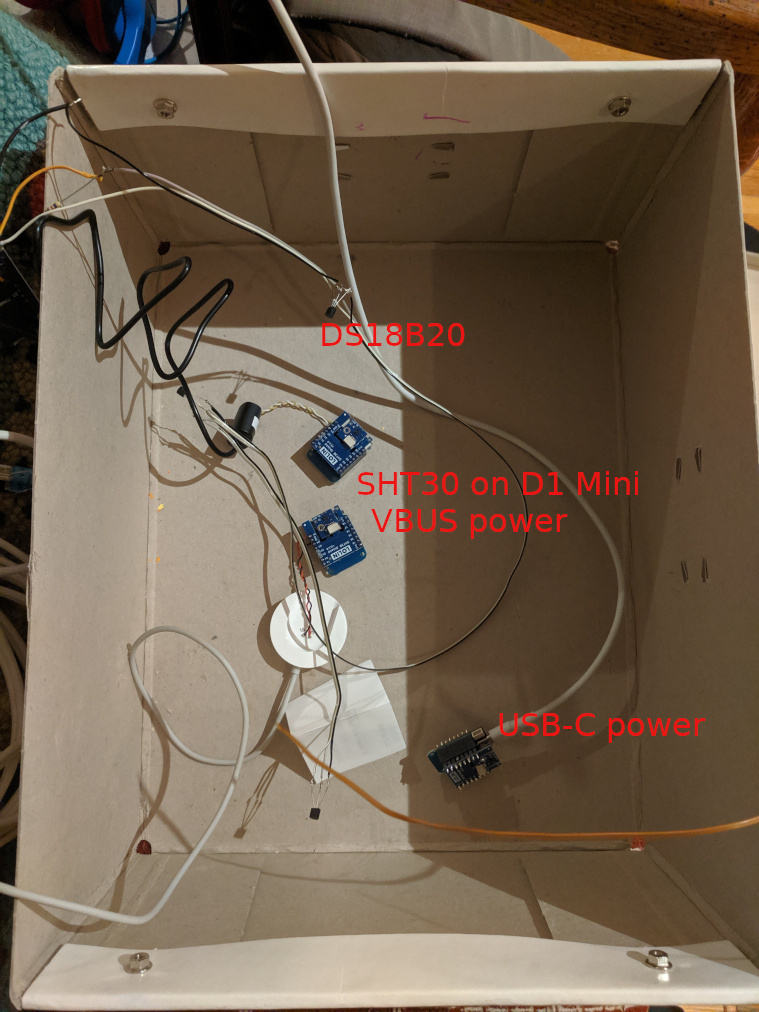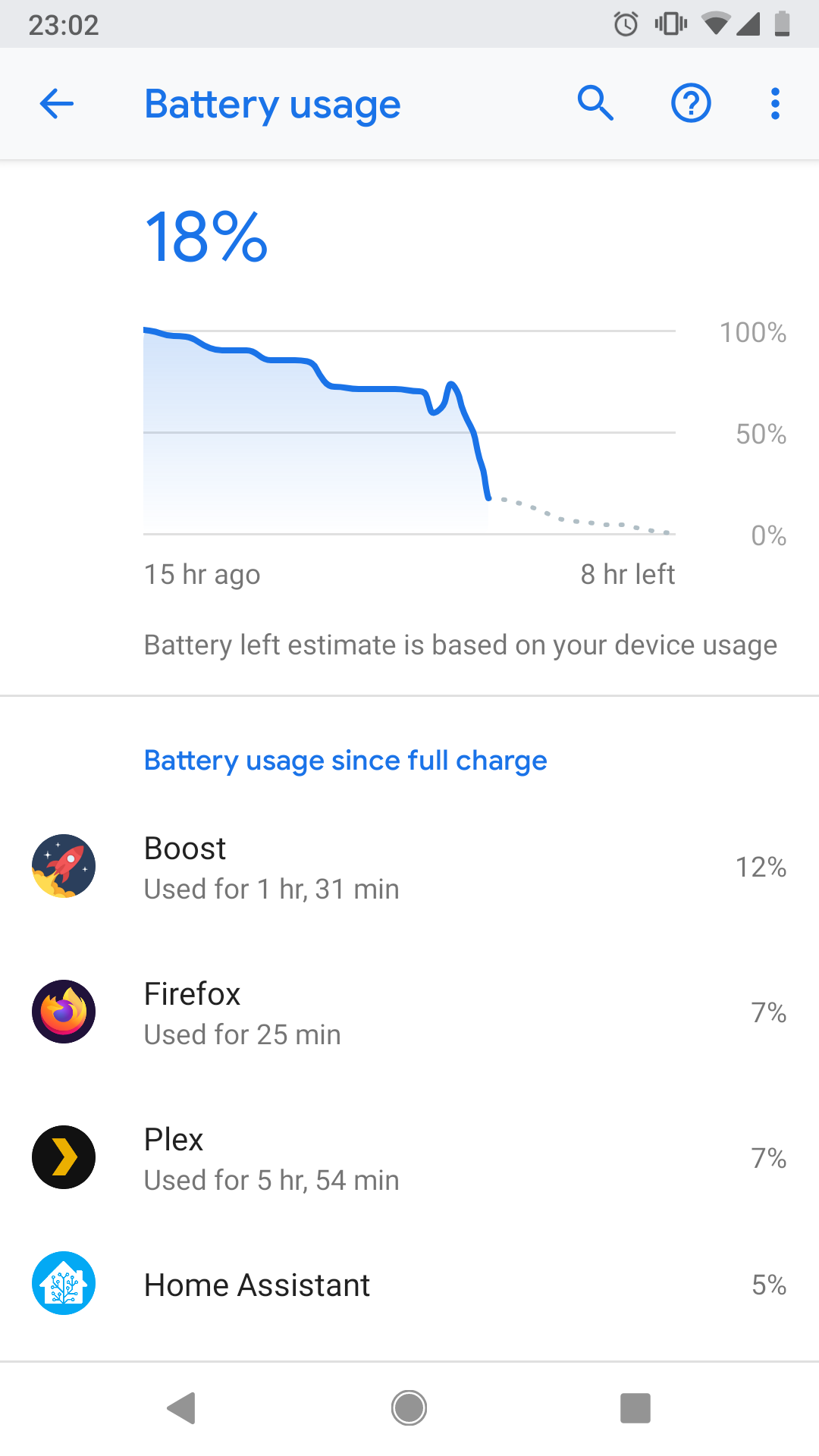And there's a whole community for them! Not sure how to link to it though.
pageflight
Nice! Direct link. The Atlantic's crossword was outpacing my mini-crossword abilities/patience.
I wish them well, I would like to see more unions in tech.
Knock knock. Who's there? Boo! ...
Maybe I'll give them a go for my next automation! Thanks for the recommendation.
I do have a hub — using HomeAssistant with AppDaemon.
Yes -- should've described that aspect. The shape of the entryway means that none of the existing switches has a good view of all the area I'd like a motion sensor to trigger on. Otherwise that would be the way to go!
According to the myth, Zeus saw and fell in love with a beautiful mortal youth by the name Ganymede. Ganymede was abducted by Zeus from Mount Ida near Troy in Phrygia. Ganymede had been tending sheep, a rustic or humble pursuit characteristic of a hero's boyhood before his privileged status is revealed, when an eagle transported the youth to Mount Olympus. The bird is sometimes described as being under the command of Zeus and sometimes as being Zeus himself.
I have Hi2 heat pumps in a 100yo house with recently improved insulation, and it was just fine last year in -15F weather. No gas backup.
One family member has been talking to installers and they keep telling her that heat pumps can't work reliably, it's extremely frustrating.
OK so yay disability rights, but makes me wonder how $50M compares to government bailout for airlines.
Those stock agreements, similar to options, this week are worth about $260 million, or less than 1 percent of the $37 billion the U.S. government gave 10 major passenger airlines last year to help pay their workers, according to a Washington Post analysis of Treasury Department data. Subsequent agreements taxpayers received as airlines got another $13 billion this year are, as of now, useless, although their value would rise if stock prices climb.
From the Washington Post. So, not much in comparison.
Ugh, yep!
Though in this case I guess there's the benefit of engraved numbers providing accessibility.
How are fire stations funded in Germany?










https://sh.itjust.works/c/desire_paths Thanks!